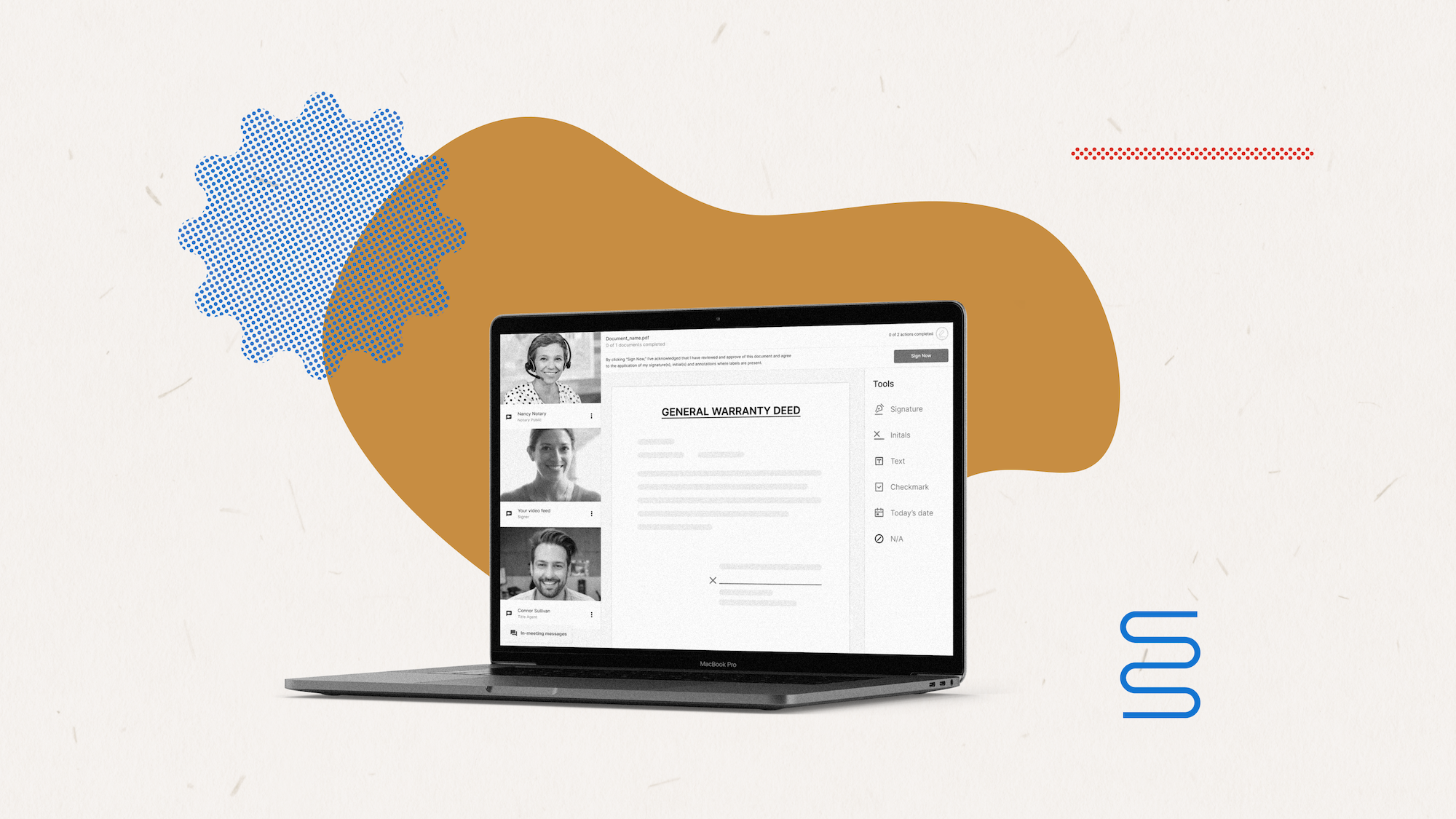Want to improve your customer experience? Your browser might be holding you back. Here are 11 ways to make your web experience even better.
Rob Gagnon
September 24, 2019
3 min

It’s easy for friction and technology fatigue to negatively impact your customer experience. At Notarize, we work hard to understand our customers' objectives and workflow. It’s how we’re able to offer a world-class product that meets consumer demand and feels both secure and comfortable to the end-user.
But while browser interoperability and conformity have come a long way, they still require plenty of support from across your organization.
So what can you do to best support these efforts? Here are 11 ways to test browser compatibility and improve your customer experience.
Design and implement new ideas
- It’s important you continually strive to reduce the number of components, styles, and actively target code reuse goals. This both reduces the overall testing area as well as helps to minimize your user’s tech fatigue.
- Define a process for introducing and socializing new components and styles across the organization. This will help reduce component sprawl and maintain a standard, well-known experience across the entire application.
- Investigate how using tools like Can I use… and DoIUse in your component and CSS selection process can help you choose the most widely supported features. Once implemented – depending on your tech stack – use tools such as Storybook and Applitools to help test your UI components.
Test your changes
- Deliberately distribute different browsers and versions across the development and test teams. Regularly rotating browser assignments will help combat complacency and the development of blind spots.
- Perform side-by-side testing across multiple browsers to easily identify differences and potential issues.
- Provide quick and easy access to browser and platform combinations through services like BrowserStack, Sauce Labs, and IEtab. Deploy on-premise solutions which include VirtualBox, Parallels, and Docker in combination with prepackaged Virtual Machines specifically designed for testing.
- Use any additional data provided from tools like DoIUse to help identify high-value areas for testing.
- Vary user settings and profile preferences to weed out vendor implementation details, which can cause unwanted and unexpected behavioral differences between users. These may include popup blockers, privacy settings, accessibility settings, and emulation modes.
- Understand the potential functional and rendering limitations of how your application will behave on mobile browsers and different tablet orientations.
Plan for releases and ongoing support
- Remember that browser software is released asynchronous to your software, so your software must be robust enough to handle the unexpected. Establishing a responsive feedback loop with good telemetry and automated error reporting is essential to keeping pace with the changes in your environment.
- Get out in front of the curve! Browser compatibility issues are sometimes difficult to fix, so start testing new browser beta candidate releases early. Review browser vendor support processes and release notes frequently to say up to date on the incoming alerts and requirements changes that could impact your customers.
While you won’t be able to catch every compatibility issue, establishing a process and reviewing it regularly helps you to continuously improve your customer experience.




